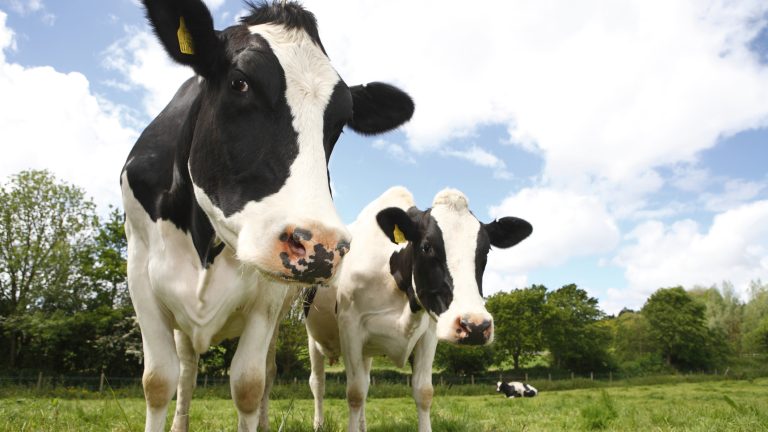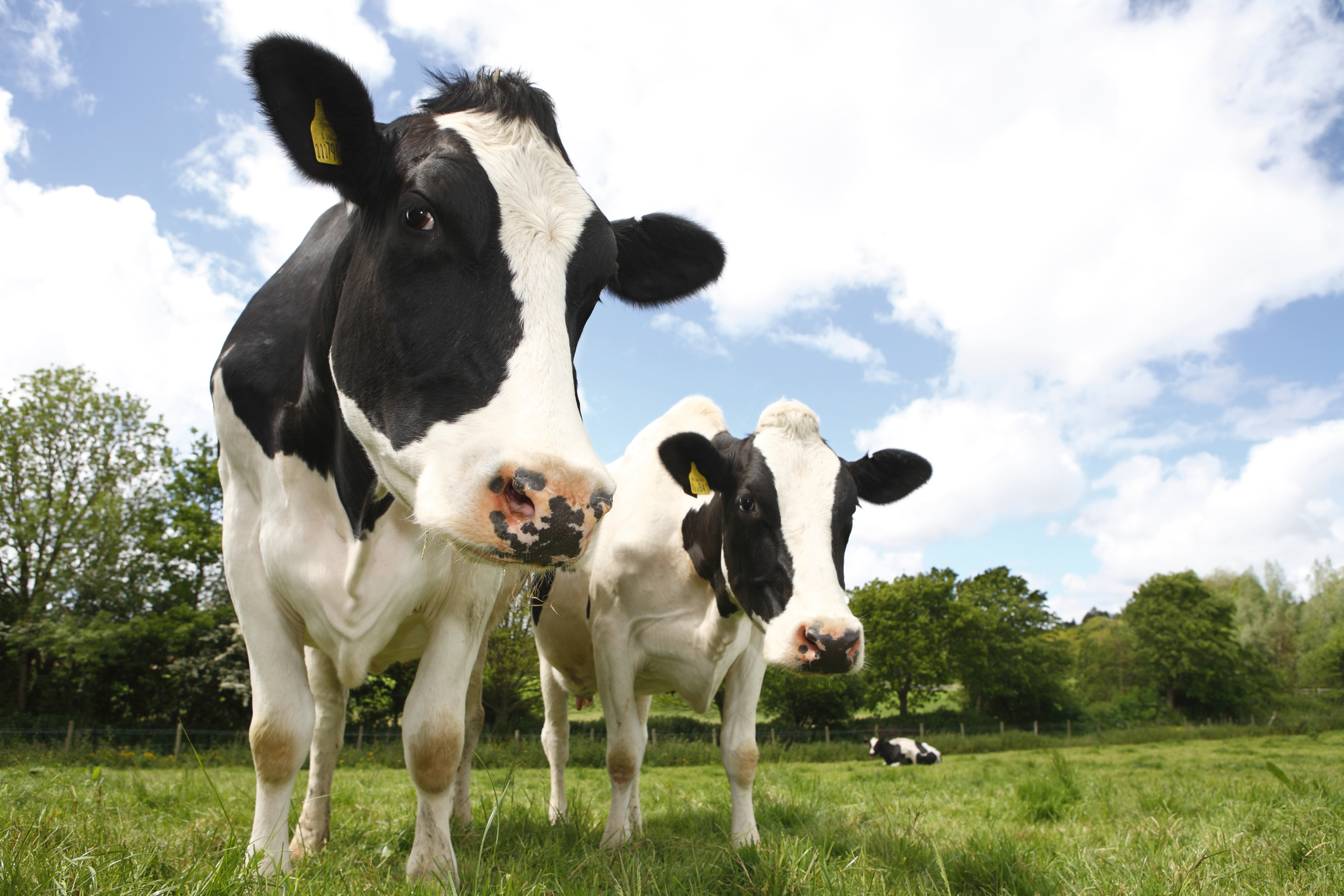
California’s infections bring the country’s total number of affected herds to 255 in 14 states, according to the USDA.
In California’s new release Thursday, state health officials worked to ease alarm about the human case, emphasizing that the risk to the general public remains low.
“Ongoing health checks of individuals who interact with potentially infected animals helped us quickly detect and respond to this possible human case. Fortunately, as we’ve seen in other states with human infections, the individual has experienced mild symptoms,” Tomás Aragón, director of California’s Department of Public Health, said. “We want to emphasize that the risk to the general public is low, and people who interact with potentially infected animals should take prevention measures.”
The release noted that in the past four months, the health department has distributed more than 340,000 respirators, 1.3 million gloves, 160,000 goggles and face shields, and 168,000 bouffant caps to farm workers. The state has also received 5,000 doses of seasonal flu vaccine earmarked for farm workers and is working to distribute those vaccines to local health departments.
Still, herd infections and human cases continue to tick up. Influenza researchers and other health experts are anxiously following the unusual dairy outbreak—the first time an avian influenza is known to have spilled over to and caused an outbreak in cattle. The more opportunities the virus has to spread and adapt to mammals, the more chances it could begin spreading among humans, potentially sparking an outbreak or even a pandemic.
This story was updated to reflect confirmation of two cases by the CDC.

